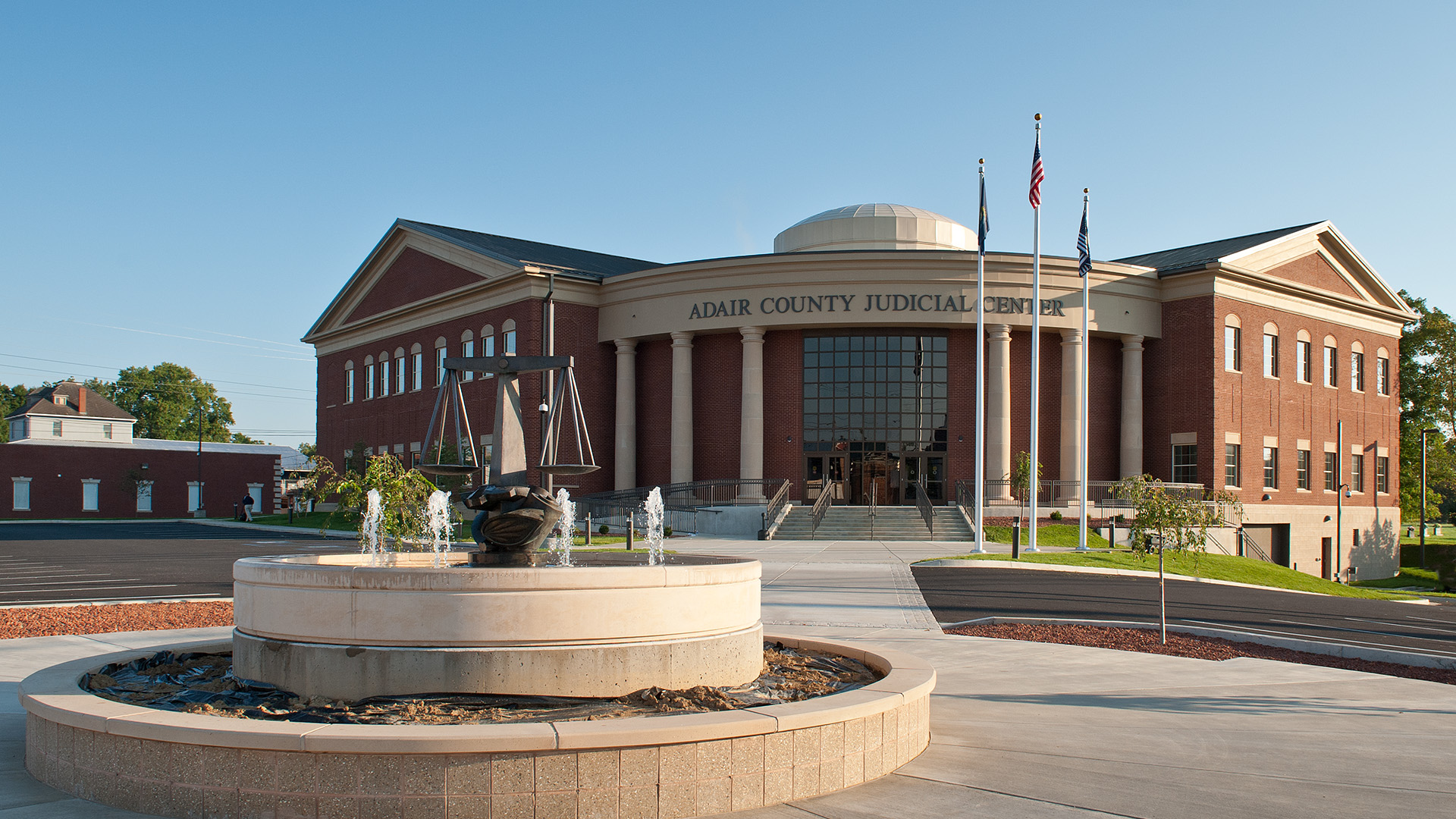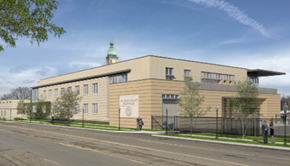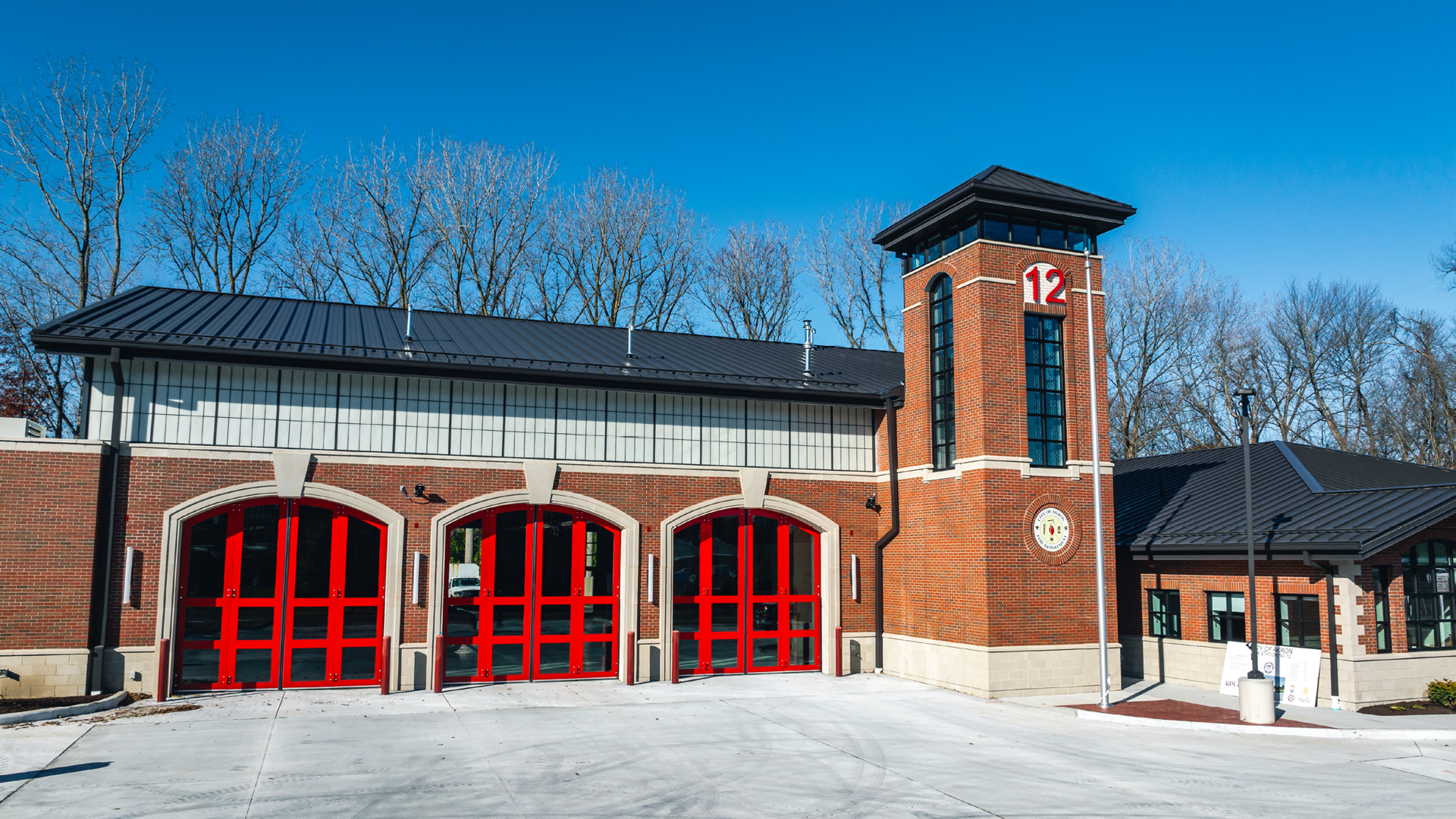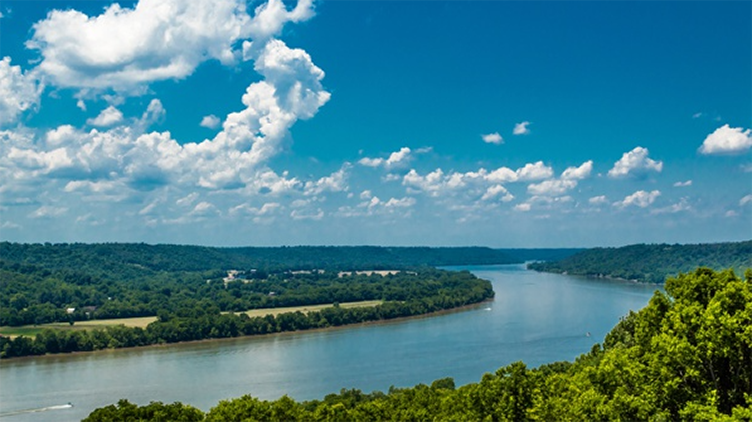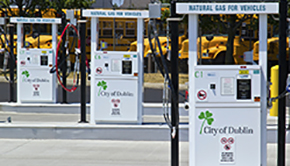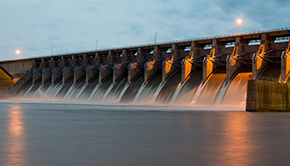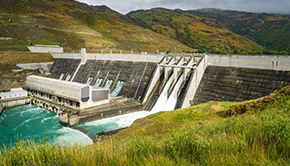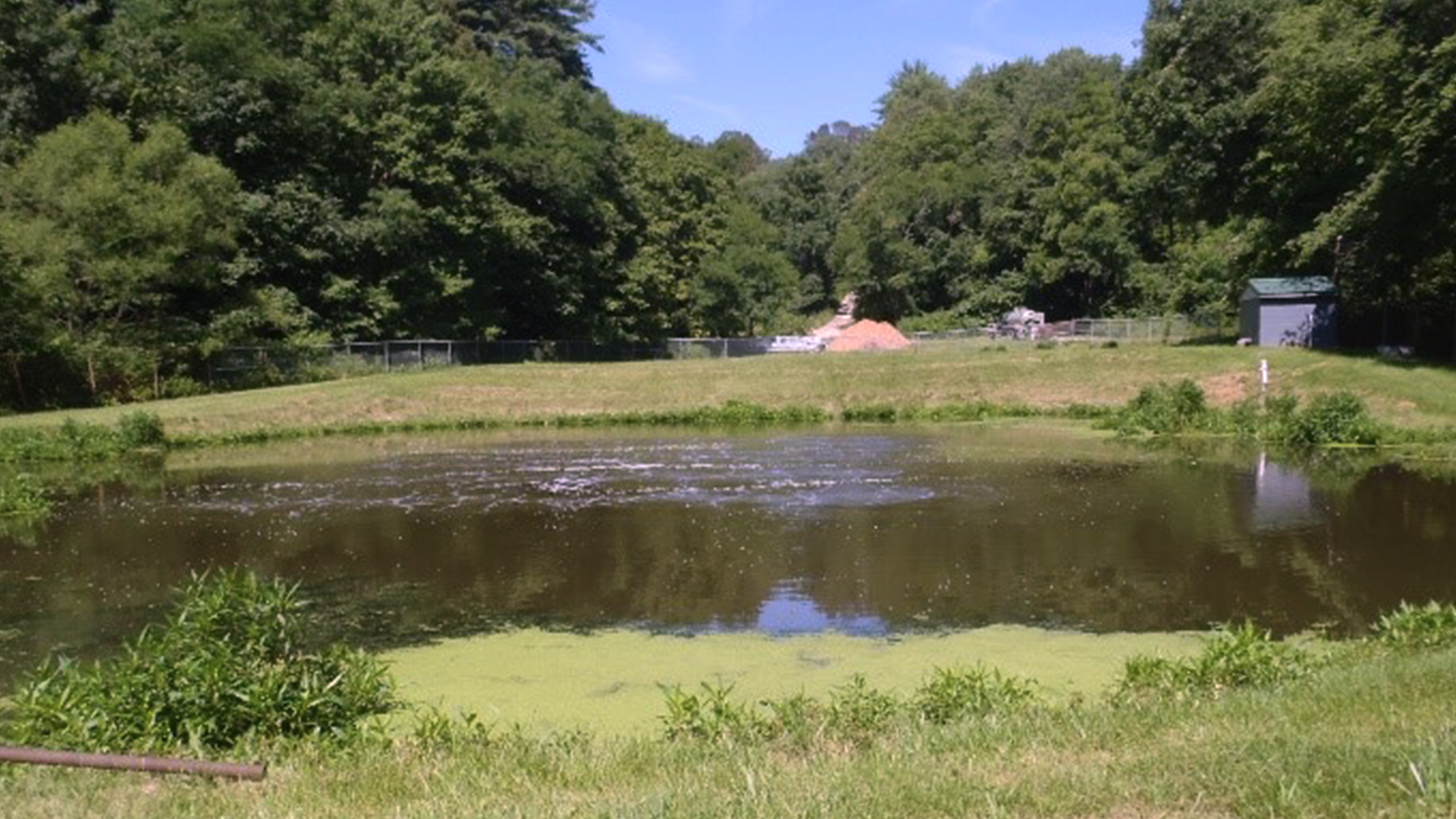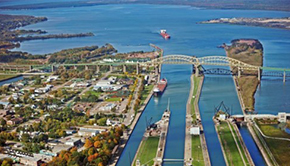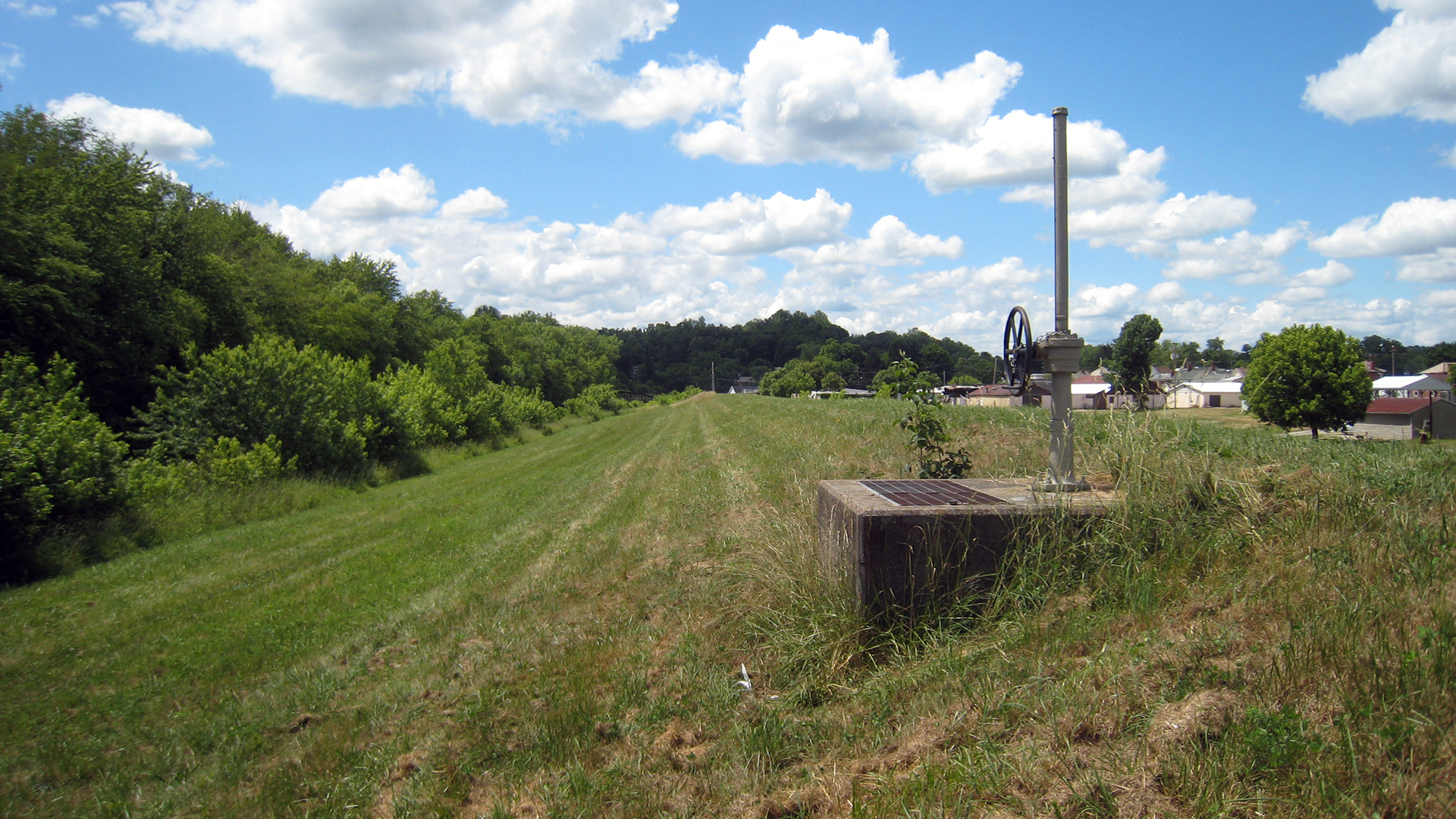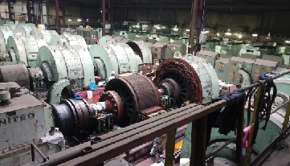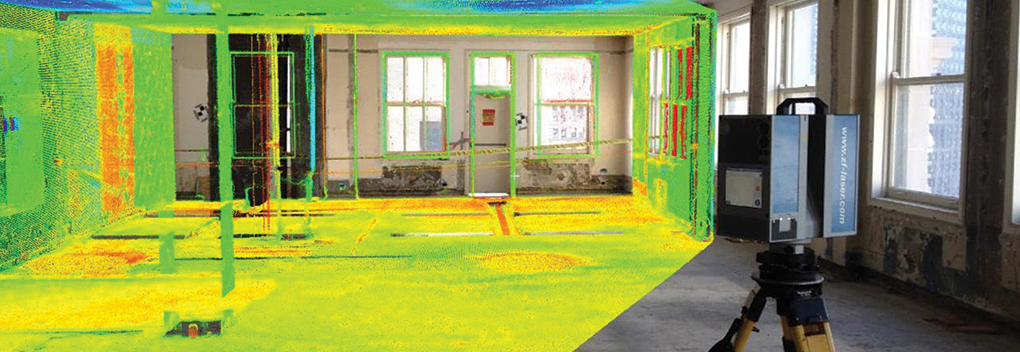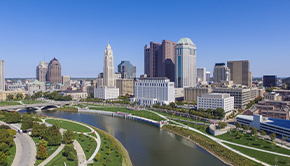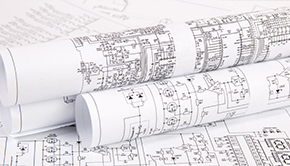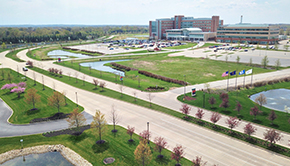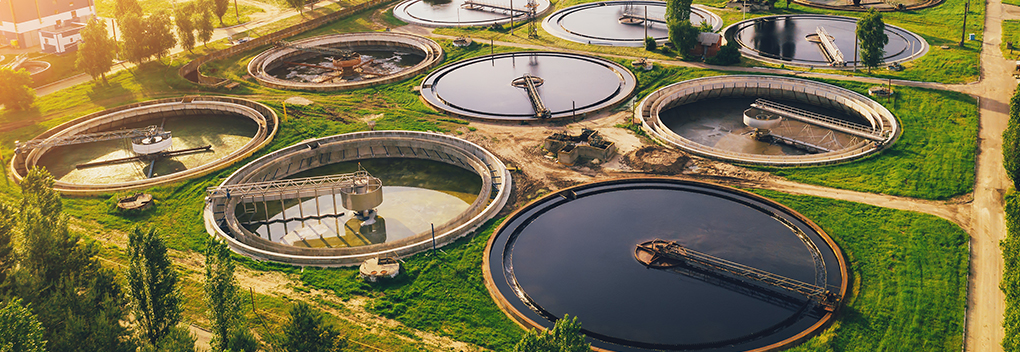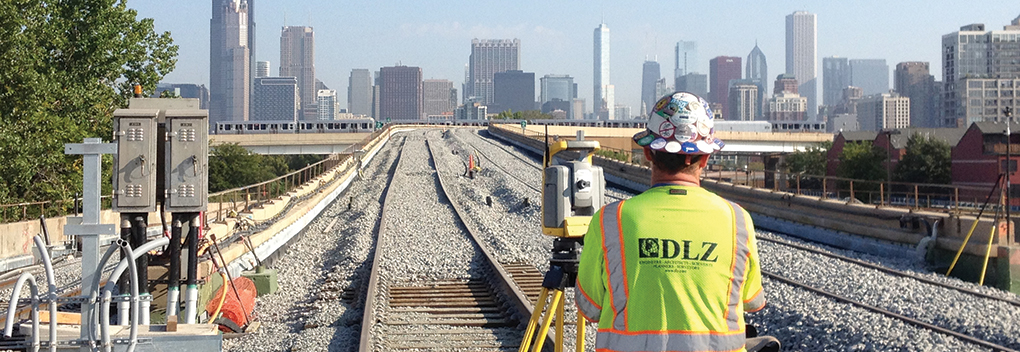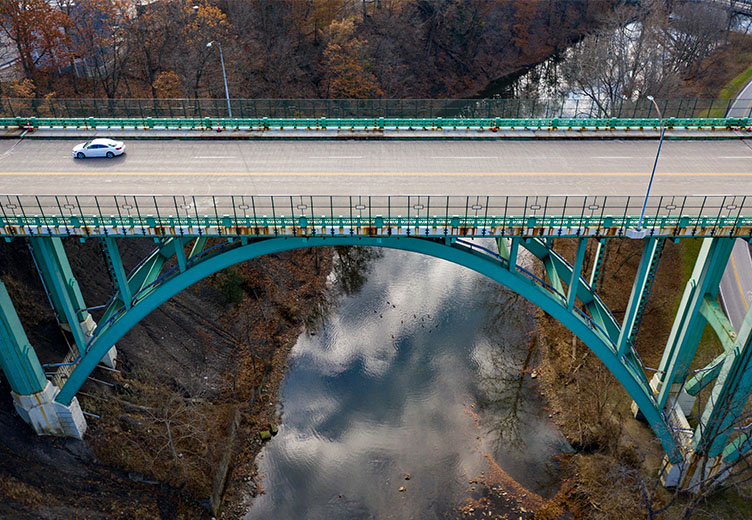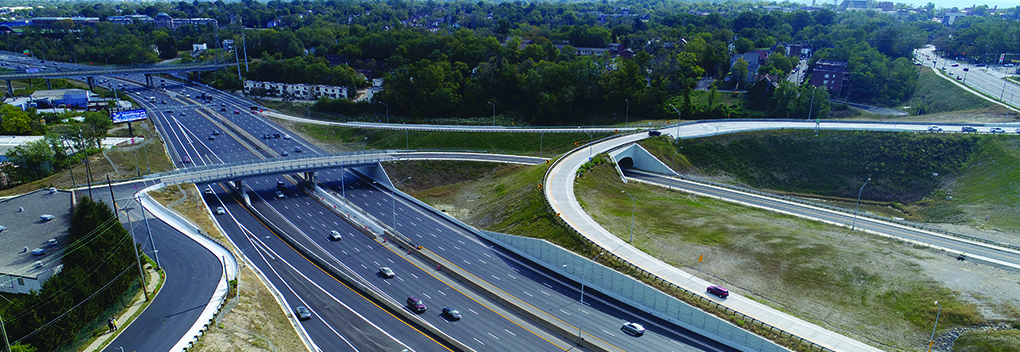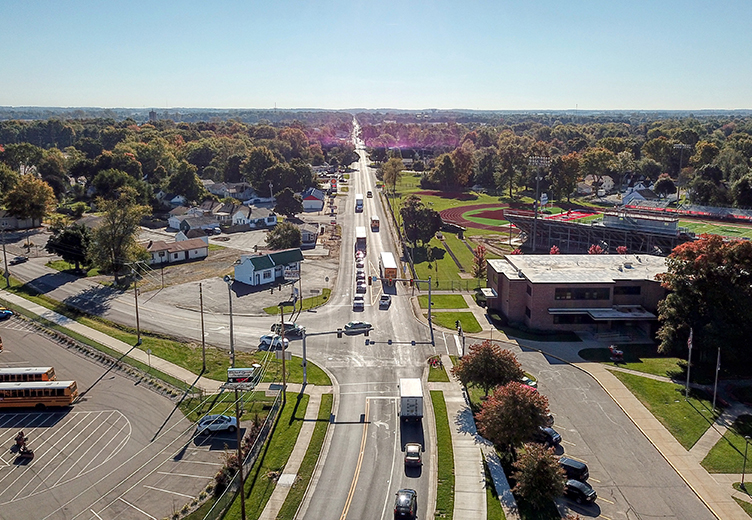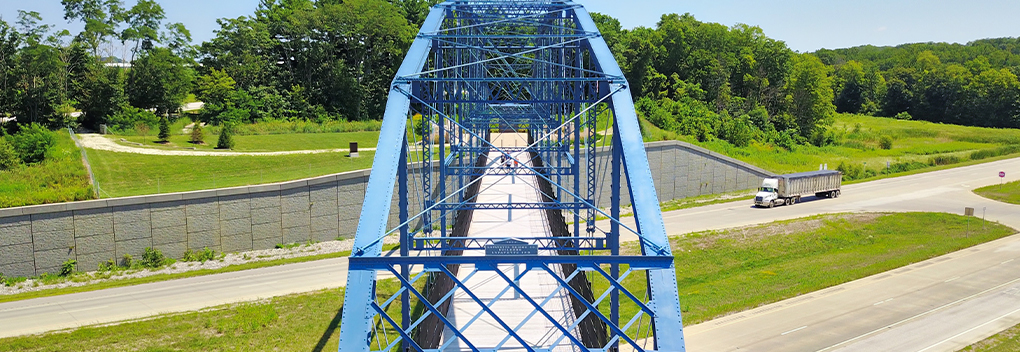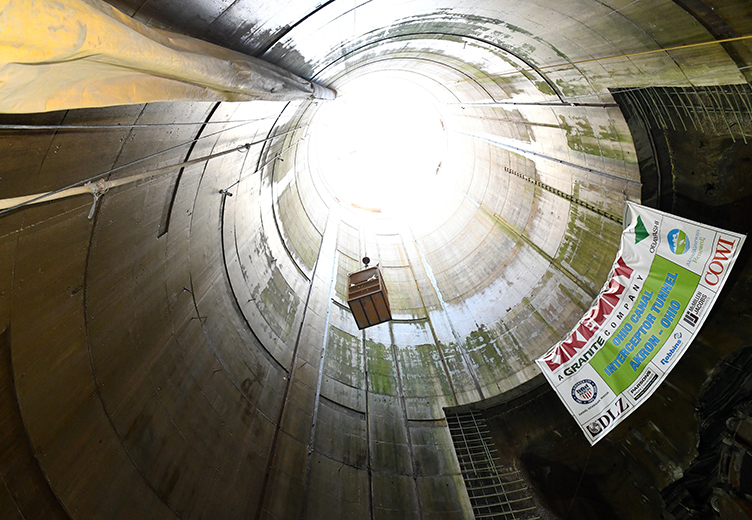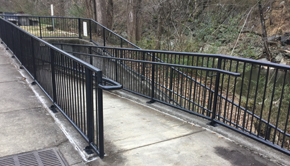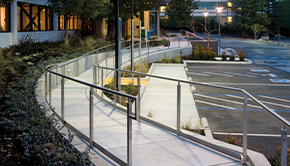DLZ regularly partners with clients to create master plans for parks and recreation facilities. A great site master plan can help you identify program needs, conduct spatial planning, and receive public input. It also assists in setting realistic budgets and develop long-term phasing when needed. Site master plans and the resulting documentation can be utilized to boost your success in fundraising and grant applications for park improvements. Having a clear vision and mission is critical when approaching public officials and potential donors.
Insight into Site Master Plans
Often there is confusion about what a site master plan entails. In a nutshell, a site master plan is a high-level plan for overall, often long term, development of a specific site. It usually includes site analysis and identification of Strengths, Weaknesses, Opportunities, and Threats (SWOT). It reflects conceptual needs and desires for the site, including but not limited to types and sizes of buildings, site amenities such as sports fields, picnic areas, and playgrounds, and natural areas to be protected. A site master plan also takes into account the pedestrian and vehicular circulation, and appropriate orientations and adjacencies between all the onsite elements. It provides a structured approach, clear framework and planning level cost for developing the site.
A site master plan is NOT planning of more than one site or addressing parks’ system planning (5-Year Parks Master Plan) nor is it detailed development of a site plan suitable for construction and/or bidding (Design Development/Construction Documents).
Stages of Site Master Planning
Our process typically includes 4 general stages: Project Kickoff, Inventory and Programming, Preliminary Master Plan and Final Master Plan. The inventory and analysis allows us to identify major constraints or conflicts upfront and gain a thorough understanding of project site. Through programming discussions with our clients and during public input sessions, we gain consensus on needed improvements, help to prioritize ‘wants’ vs. ‘needs’, brainstorm and vet many different ideas, and identify potential partnerships and funding sources early. We take this information gained and use it as the basis for the design of the site master plan. The resulting master plan identifies all proposed improvements and critical adjacencies.
Typically we will have at least 2 master plan concepts for our clients to review at the Preliminary stage. After reviewing with clients and stakeholders or hosting a public meeting, we narrow down the concept to create a Final Master Plan. This plan then helps you communicate a professional plan of action and demonstrate consensus of community. It codifies a long-term vision for a park which leaves no room for no willy-nilly improvements creating obstacles.
Funding and Grants
It provides a realistic basis for immediate funding allocations or long-term budgetary planning for both construction costs and ‘soft costs’ (i.e. professional services, survey, geotechnical investigations, etc.) It can identify project partners and potential funding sources such as Land and Water Conservation Fund grants. This can then be used as supporting documentation for grant applications such as narratives and probable cost opinions.
Graphics can play an important part in communicating your master plan vision. We frequently utilize color-rendered site plans and 3-D renderings. We love that these graphics can serve so many purposes for our clients, from grant documentation to use on social media to create buzz about your projects, park system, and future programming.
At DLZ, we love to see the communities in which we live and work grow in a positive direction. Site master planning is just one way we can help achieve that shared vision. It is our goal that our designs reflect the needs and character of their communities. The best reward is knowing we have helped create spaces for residents and visitors alike to enjoy!

